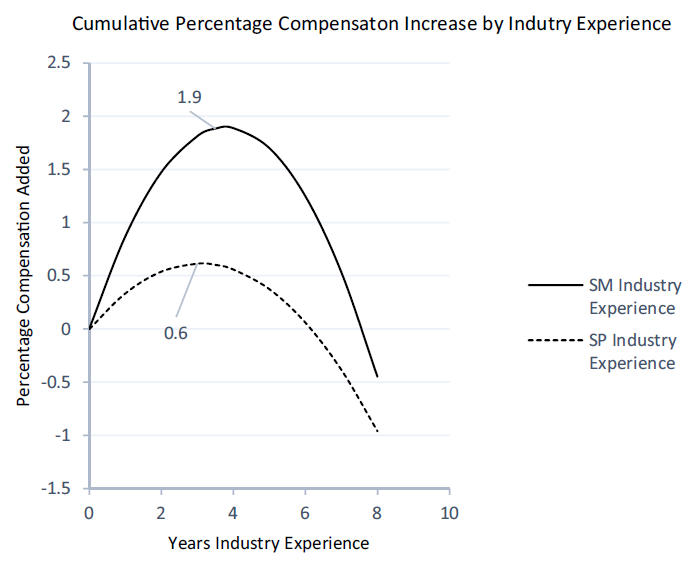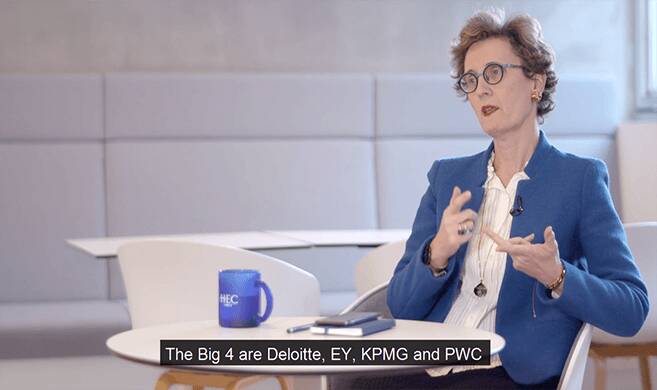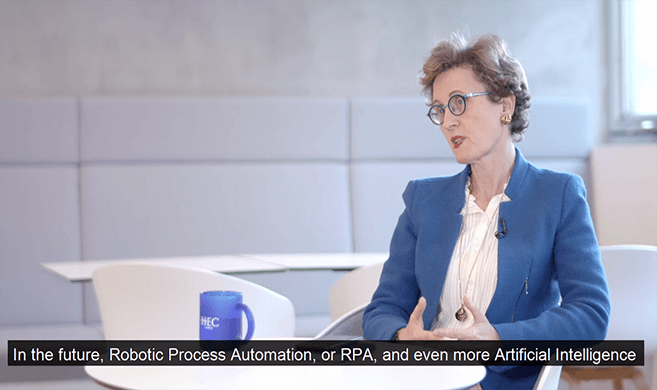Even the savviest employees, adept office politicians, and those with the most talent and potential can have their career paths limited by everyday chance events. If you find yourself repeatedly working in teams that do not leverage your best skills, on or projects that are not prioritized by your employer, the incremental effects could lead to stalling and detours on the path to career advancement.
Traditionally, career research rested on the assumption that employees have a high degree of agency in their careers and can make their way in the professional world through their personal competencies, natural abilities and the resources available to them. Recognizing that there is less control than we thought may be disconcerting, but it can also point the way towards management structures that make better use of a company’s talent.
Orderly organizations, unpredictable events
We wanted to explore the role of chance in shaping people’s careers. We focused on professional services firms – law, consultancy and accountancy – which typically feature a traditional hierarchy of job roles. These industries have ‘up-or-out’ career paths, where individuals are expected to either climb the ranks according to a given timescale or leave their firm.
This structure contrasts with the more recently established trend for more flexible, flat-structured companies, which allow for plenty of lateral movement between roles and high levels of employee agency.
We were surprised to learn that luck plays as much of a career-shaping role in traditional up-or-out firms as it does in flat structures.
We were surprised to learn that luck plays as much of a career-shaping role in traditional up-or-out firms as it does in flat structures. A large proportion of employees reported that chance had played an important role in their careers. This happened in parallel to formal frameworks of evaluation and promotion, which might seem likely to promote a meritocracy.
Minor and major chance events
There is an important distinction between major seismic events that will affect a career, such as a client firm’s bankruptcy, and proximate chance events – everyday unpredictabilities that contribute to uncertainty and insecurity for employees. A reshuffle of teams, arrival or departure of a mentor, or a change in client contact personnel would fall into the latter category. We know that these events happen, but we may seriously underestimate their impact over the course of a professional lifetime.
Being visible and making connections
Relationships are hugely important in all spheres of life, not least at work. Chance events that affect professional relationships are some of the most impactful.
Good luck can place an employee in contact with reputed senior partners or clients who share their specialism and happen to have urgent needs. Not only can these people recognize an employee’s merit, they can also extend offers to work on projects together, and recommend them to others. This can raise the employee’s profile, give them more career support and in turn, increase their chances of promotion.
In contrast, bad luck can result in an employee being repeatedly assigned to projects of lower importance to the firm, or in large teams with limited room for personal initiative. Without interventions from senior leaders that shift direction, these events can limit exposure and learning and, over time, decrease an employee’s chances of advancement.
Making sense of chance
While all employees are equally subject to chance, their personal interpretation of events can lead to major behavioral and attitudinal differences. Most tellingly, it affects their future plans and whether or not they intend to stay with their employer. In total, more than 50% of the employees interviewed were either planning to leave or leaning in that direction.
While all employees are equally subject to chance, their personal interpretation of events can lead to major behavioral and attitudinal differences.
Our research revealed that employees tend to fall into one of four groups, depending on what sense they have made of their chance experiences to date.
• Partner-track
These ‘lucky’ employees have the confidence to continue in their role, expecting to ascend the hierarchy. They are clear about how to progress and are getting the feedback they need. If merit were as powerful as is traditionally believed, you might expect these to be a strong majority. In fact, they are around 41% of the employees studied.
• Client-track
These employees plan to move over to the client side, and are collecting the skills and connections they need to do so. Like the partner-track employees, their interpretation of chance events has been more positive than negative, although perhaps not to the same extent. They feel confident about succeeding as client-side professionals. 21% of the interviewees were client-track.
• Wait-and-see
Unsure of what’s next, these employees are continuing until they have more clarity. They have experienced both negative and positive chance events and are not yet able to interpret them into an overall picture. 21% of interviewees fell into this category.
• Running out the clock
These employees aren’t sure what the future holds. However, they are sure they’re not staying with their current employer. They have interpreted their chance experiences negatively and don’t feel hopeful about things changing for the better. They represent 16% of the interviewees.
It’s important to note that an employee’s interpretation of chance events is cumulative and ongoing, rather than fixed. It may be more difficult for long-serving employees to change beliefs that have developed over a long period of time, whereas early-career professionals are more likely to be able to change their assessments as experience accrues.
Can employers stop talent heading for the exit?
Given that all the interviewees had been with their firms for several years and had been promoted at least once, it’s reasonable to say that they are competent and valuable employees. Yet more than half are at risk of leaving. At a time when employee retention is a huge priority for employers, this major source of attrition risk should not be ignored.
Talented employees who are currently under the radar may be more likely to stay with their firms if leaders intervene.
But what can employers do? We know that chance events happen, and that employees are wary that events over which they have little control can derail their hard work. What may be missing is senior leadership’s understanding of this phenomenon, and how precarious it makes employees feel.







































